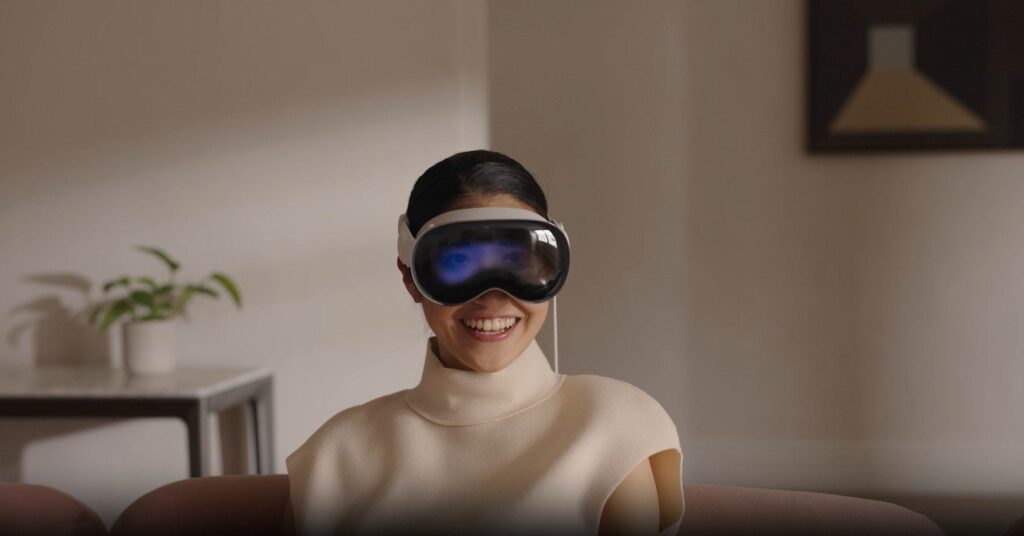The VR headset market is becoming increasingly competitive with key players such as Apple (80%), Google/Samsung (50%), and Lenovo (90%) joining the fray, making it a crowded space alongside established brands like Meta, Pico, and HTC. We anticipate a wave of market consolidation in 2024, as Meta continues to dominate the VR headset market. The recent partnership between Meta and Tencent to launch an affordable headset for both the Chinese and global markets will further solidify Meta’s lead. On the other hand, Apple’s devoted fanbase will likely support the Vision Pro, despite its high price, while Apple holds back on mass-market releases to perfect future products.
3. Enterprises Will Overcome the Current Obstacles of Scaling VR
Many enterprise IT departments have yet to approve VR headsets for widespread use within their organizations. Some of this hesitancy stems from the desire to see which devices achieve mass adoption among consumers first. Other factors include concerns about data security, privacy, and managing multiple devices within VR environments. We expect 2024 to be a pivotal year for large multinational companies as their IT departments begin approving specific VR headsets for broader use. This shift will likely drive significant purchases and play a crucial role in driving VR adoption in office settings.
4. VR Will Become Both More Professional and More Mainstream Simultaneously
As more employees develop their own VR projects, enterprise users are quickly learning about the benefits of VR applications in real time. VR is becoming more sophisticated in terms of usability, production costs, and ease of use. At the same time, VR is increasingly meeting the key performance indicators (KPIs) that drive everyday corporate decision-making. One example is the new VRdirect Analytics feature, which caters specifically to these needs, helping businesses understand the tangible value of VR applications in the workplace.
5. The Apple Vision Pro Is Not a Game-Changer… Yet
While the hype around Apple’s Vision Pro will be massive, especially among loyal Apple fans eager to be the first to own it, it will fall short compared to Meta’s ecosystem in terms of content availability. Building an ecosystem that offers compelling content remains a challenge, even for Apple. However, the Vision Pro could have a longer shelf life than the Meta Quest 3 and may drive future releases that are more consumer-focused and priced lower. Additionally, the Vision Pro could indirectly boost sales for the Meta Quest 3, due to its lower price, solid features, and availability.
Conclusion:
Enterprise executives cannot afford to ignore the importance of a VR strategy in 2024. We are approaching a critical point of adoption for VR technology in the corporate world, and the shift toward widespread use is imminent.
At VRdirect, we are excited to have welcomed many new clients in 2023 and look forward to helping even more businesses embrace VR in 2024.




